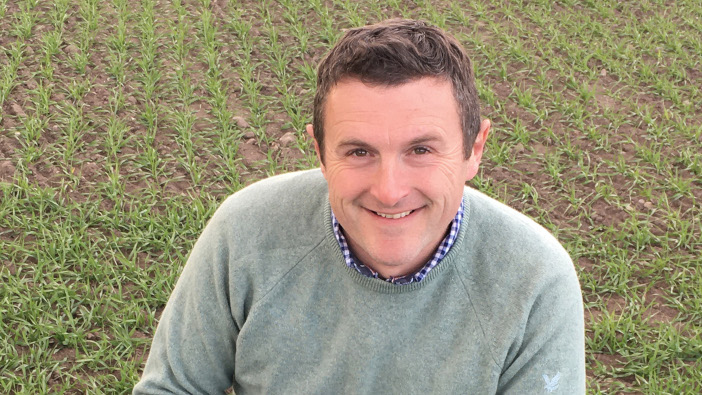ProCam agronomist Alistair Gordon is warning that spring barley growers may need to apply an early fungicide to counter increased net blotch pressure.
“Net blotch has rapidly become one of the hardest diseases to control in spring barley, not least because crops can easily become infected either via seedborne or trashborne sources of inoculum,” Alistair explains.
“The added complication of disease resistance – which has reduced the efficacy of several fungicide active ingredients – means it’s no longer possible to cure infections once they have taken hold. Prevention is therefore crucial to ensure crops remain as clean as possible for as long as possible.”
The main methods to tackle the disease is to grow a resistant variety, or to apply an appropriate seed treatment. However, Alistair warns that some spring seed will not have been treated, especially farm-saved seed which might already carry infection or lack resistant.
Adding to this, seed treatments are unlikely to offer full control, so crop monitoring will be vital to catch the disease early.
“In a ‘normal’ year, or in a low disease pressure scenario, it might be feasible to wait until the traditional T1 timing to apply a first fungicide treatment,” Alistair says.
“Unfortunately, that approach won’t cut the mustard this year as we’re already hearing reports that a significant volume of seed has been confirmed to have very high levels of net blotch. Where untreated seed has been drilled, or where drilling was brought forward to make the most of the recent dry conditions, the risk will be even greater.
“The advice this year is therefore to bring crop protection plans forward by applying a suitable fungicide treatment as soon as possible.”
He adds that growers should be on the lookout for symptoms ahead of the first tiller stage and should choose actives carefully to ensure efficacy.
“A rapidly developing resistance issue has made several azoles and SDHI fungicides less effective than they used to be,” he explains. “It is therefore important to protect key actives such as prothioconazole, adepydin and fluopyram by using them in conjunction with another mode of action.
“The best option is to include a strobilurin (QoI), but even some active ingredients in this fungicide group – such as fluoxastrobin and azoxystrobin – have been impacted by resistant isolates.
“Thankfully, pyraclostrobin and trifloxystrobin have so far remained unaffected by any disease mutations, with products such as Mobius (175 g/L prothioconazole and 150 g/L trifloxystrobin) and Comet 200 (200 g/L pyraclostrobin) useful options to deliver effective QoI’s at this early GS21 timing.”


